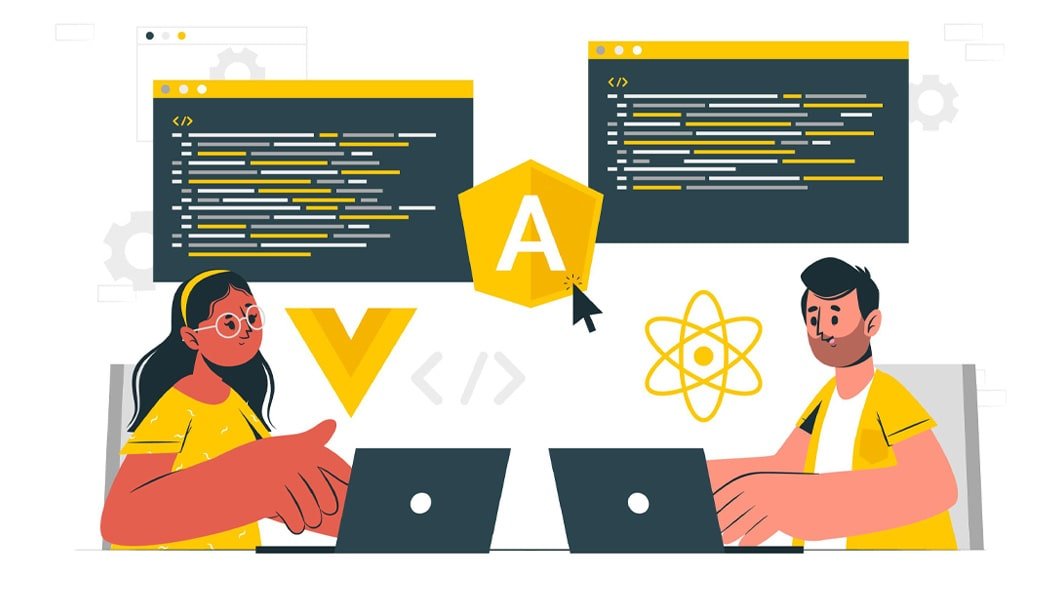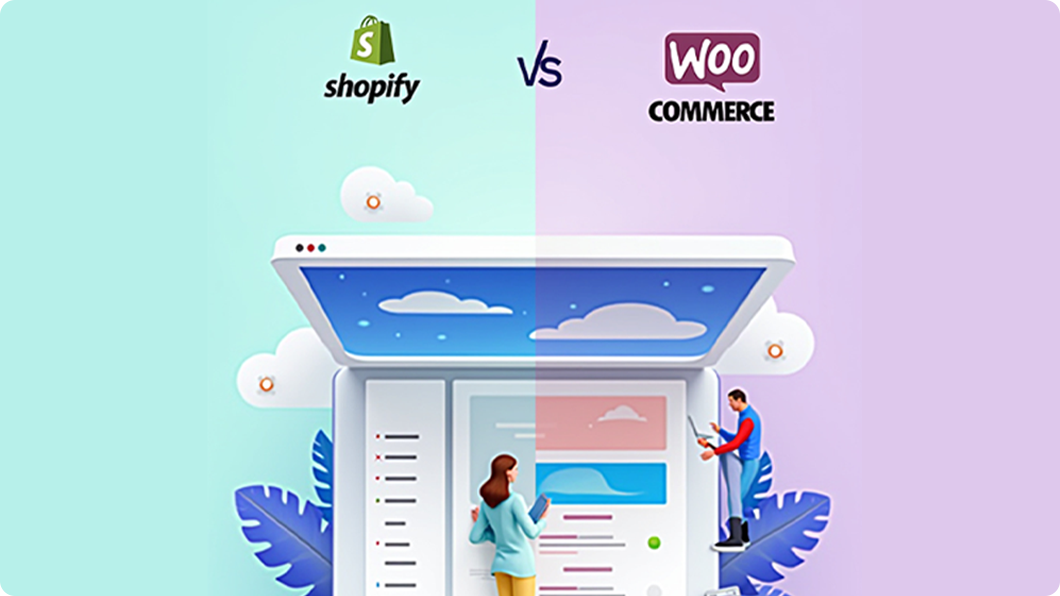
Web Development Frameworks
Introduction
Web development frameworks play a crucial role in simplifying and accelerating the process of building robust, scalable, and interactive web applications. These frameworks provide developers with a set of tools, libraries, and predefined structures that facilitate efficient coding and enhance productivity. In this article, we will explore some popular web development frameworks and their key features, enabling developers to make informed choices based on their project requirements.
1. Angular

Angular, developed and maintained by Google, is a powerful front-end framework for building dynamic and feature-rich single-page applications (SPAs). It follows the Model-View-Controller (MVC) architectural pattern and provides a comprehensive toolkit for building complex user interfaces. Key features of Angular include:
- Two-way data binding for seamless synchronization between data models and views.
- Dependency injection for modular and reusable code.
- Component-based architecture for building reusable UI components.
- Routing capabilities for managing application navigation.
- Support for TypeScript, a statically-typed superset of JavaScript.
2. React

React, developed by Facebook, is a popular JavaScript library for building user interfaces. It is widely used for creating interactive and responsive web applications. React follows a component-based approach, where UIs are divided into reusable components. Key features of React include:
- Virtual DOM (Document Object Model) for efficient rendering and performance optimization.
- JSX (JavaScript XML) syntax for writing component templates.
- Component lifecycle methods for handling various stages of a component’s lifecycle.
- Unidirectional data flow for predictable state management.
- Huge ecosystem of libraries and tools for enhanced development.
3. Vue.js

Vue.js is a progressive JavaScript framework that is gaining popularity due to its simplicity and flexibility. It is designed to be incrementally adoptable, allowing developers to gradually integrate it into existing projects. Key features of Vue.js include:
- Easy learning curve and straightforward syntax.
- Reactive and declarative rendering for efficient data binding.
- Component-based architecture for building reusable UI components.
- Vue Router for managing application routing.
- Vuex for state management in larger applications.
4. Django

Django is a high-level Python web framework known for its robustness, security, and scalability. It follows the Model-View-Template (MVT) architectural pattern and emphasizes the principle of “Don’t Repeat Yourself” (DRY). Key features of Django include:
- Built-in admin interface for effortless administration of database models.
- Object-Relational Mapping (ORM) for database interactions.
- URL routing and view management for handling HTTP requests.
- Template engine for separating HTML code from business logic.
- Authentication and authorization mechanisms for building secure applications.
5. Ruby on Rails

Ruby on Rails, commonly known as Rails, is a popular full-stack web development framework written in Ruby. It follows the convention-over-configuration principle, allowing developers to focus on writing application logic rather than boilerplate code. Key features of Ruby on Rails include:
- ActiveRecord, an ORM for database interactions.
- Convention-based naming and directory structure for rapid development.
- ActionPack for handling HTTP requests and generating responses.
- Integrated testing framework for easy testing of applications.
- Support for building RESTful APIs.
Conclusion
Web development frameworks provide developers with the necessary tools and structures to streamline the development process and create efficient, scalable web applications. Angular, React, Vue.js, Django, and Ruby on Rails are just a few examples of the wide range of frameworks available. Each framework has its own strengths and suitability for different project requirements. By understanding the key features and characteristics of these frameworks, developers can make informed decisions to build robust and successful web applications.
FAQs (Frequently Asked Questions)
FAQ 1: What is the difference between a web development framework and a library?
A web development framework provides a complete set of tools, libraries, and predefined structures for building web applications. It often includes features like routing, data binding, and template rendering. On the other hand, a library is a collection of prewritten code that developers can use to perform specific tasks, such as manipulating DOM elements or making HTTP requests. While both frameworks and libraries can simplify development, frameworks typically provide a more comprehensive solution for building entire applications.
FAQ 2: How do I choose the right web development framework for my project?
Choosing the right web development framework depends on various factors, including the complexity of your project, your familiarity with a particular programming language, and the specific requirements of your application. Consider factors such as community support, documentation, learning curve, performance, and the availability of plugins or extensions. It’s recommended to conduct research, explore tutorials, and try out different frameworks to assess their suitability for your project.
FAQ 3: Can I use multiple web development frameworks together?
In some cases, it is possible to use multiple web development frameworks together, depending on the requirements of your project. However, it can introduce complexity and potential conflicts between different frameworks. It’s important to carefully evaluate the compatibility and integration possibilities before combining multiple frameworks. In some cases, it might be more efficient to choose a single framework that provides the necessary features for your project.
FAQ 4: Are web development frameworks only for front-end development?
While web development frameworks are commonly associated with front-end development, there are also frameworks available for back-end development. Frameworks like Django and Ruby on Rails are examples of full-stack web development frameworks that provide tools and libraries for both front-end and back-end development. These frameworks typically offer features for database interactions, server-side rendering, and handling HTTP requests.
FAQ 5: Can I build a web application without using a web development framework?
Yes, it is possible to build a web application without using a web development framework. However, using a framework can significantly simplify the development process, enhance productivity, and provide standardized practices. Frameworks handle common tasks, such as routing, data management, and template rendering, which can save developers time and effort. Additionally, frameworks often have active communities and extensive documentation, which can be beneficial for troubleshooting and learning best practices.





